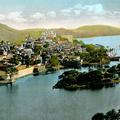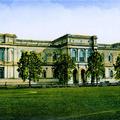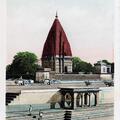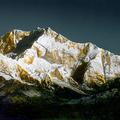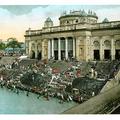Calcutta, Band Stand, Eden Gardens
"The Eden Gardens, for which Calcutta is indebted to the sisters of Lord Auckland (hence the Indian name, Lady Bagan), are beautifully laid out, and many years ago were the principal evening gathering-place of Calcutta society.

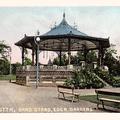
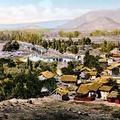
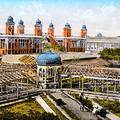
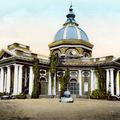
![Lahore. Wazur [Wazir] Khan's Mosque. Lahore. Wazur [Wazir] Khan's Mosque.](https://www.paperjewels.org/sites/default/files/styles/square_thumbnail/public/slides/lahore-mosque_0.jpg?itok=C1lMPCbl)
